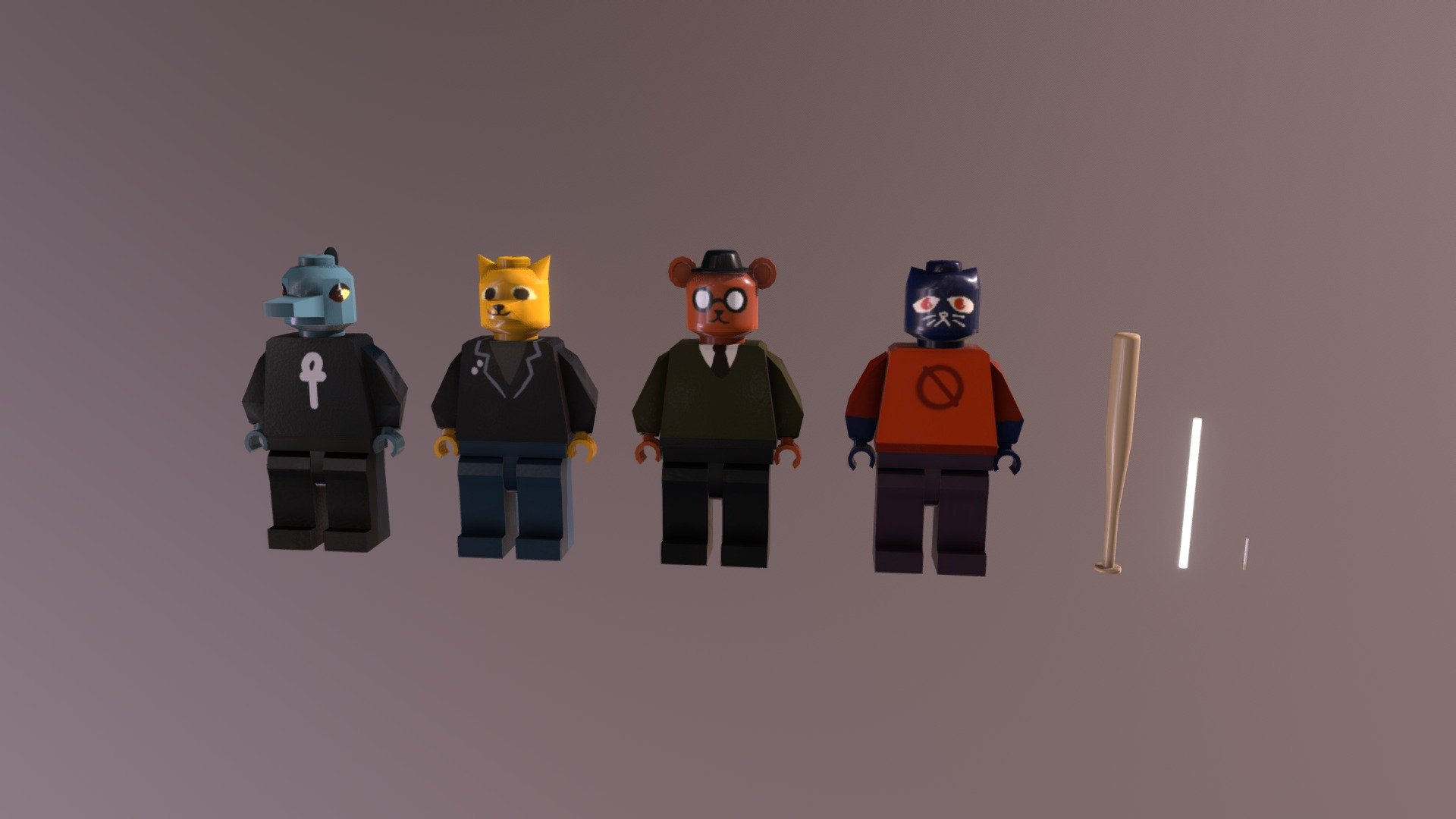

The only time it does introduce very minor platforming challenges is during Mae’s dream sequences, in which you have to explore a wide-open space and locate a series of ghostly musicians before moving on. Leaping up on power lines (against the local police’s warning) and roof hopping over to an old teacher’s building to learn about constellations was a particularly rewarding diversion I tried to never miss. “Its 2D platforming (which feels good on either a keyboard or a gamepad) is rarely challenge-based, and instead serves mostly as a way to explore hidden areas in the context of Mae’s constant mischief-seeking.


Sometimes I even found myself getting sucked into Demon Tower, a pixelated dungeon crawler on Mae’s laptop, before jumping into bed and triggering the next day in her adventure. Little mini-games add fun variety to your interactions: shoplifting, beating up old cars, and playing in a band are just a few of the things Mae gets up to in her time back home. Most of this is optional and some of the more significant decisions you make (like which friendships you want to focus on developing) significantly influence later scenes in a way that’s encouraged me to start a second playthrough already. There I was free to do any number of things: climb up the powerlines and explore the rooftops, hit up my friends while they work boring service jobs, say hello to the locals, and more as the story unfolds. Every morning I’d hop out of bed, check my laptop for instant messages, and chat with my mom in the kitchen before hitting town. The setup serves the themes of the story well, but is also convenient for letting you establish your own routine in the relatively open, 10-hour adventure. “Night in the Woods’ story revolves around Mae, an unruly cartoon cat girl who drops out of college and moves back to her hometown of Possum Springs after a few years of being away.


 0 kommentar(er)
0 kommentar(er)
